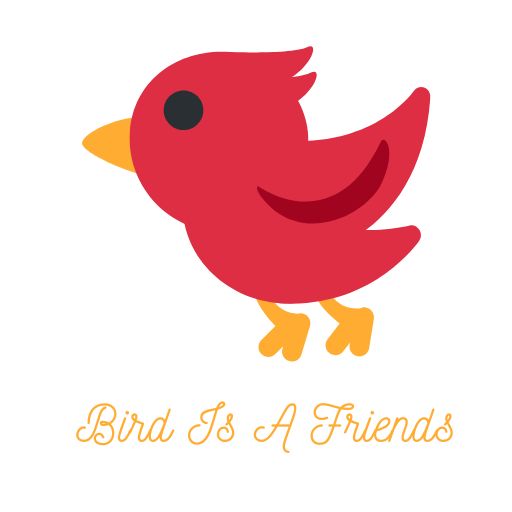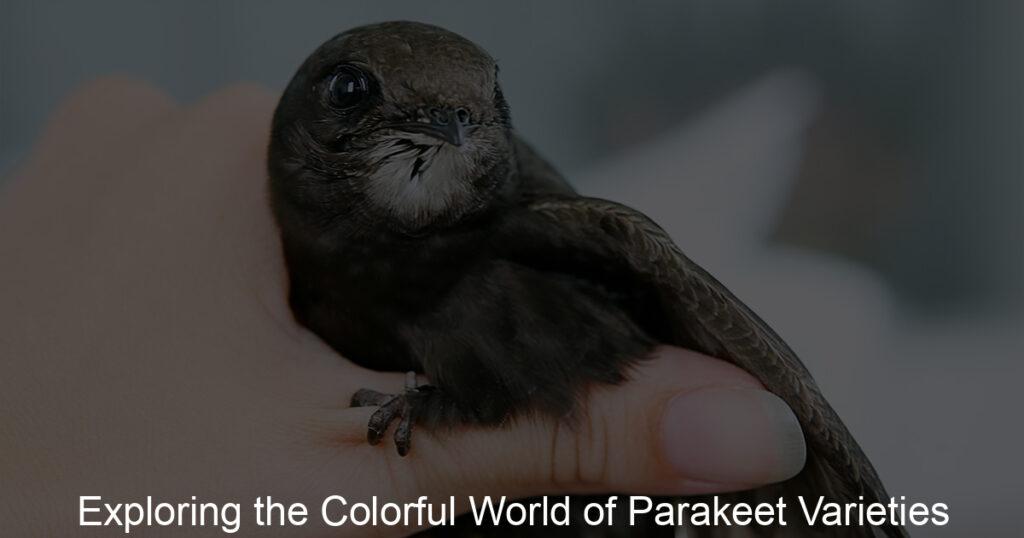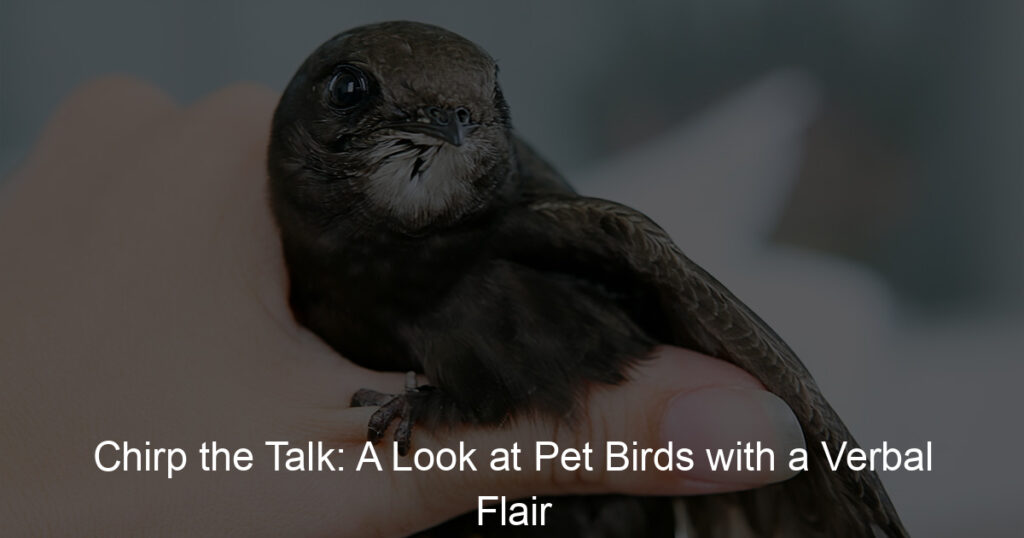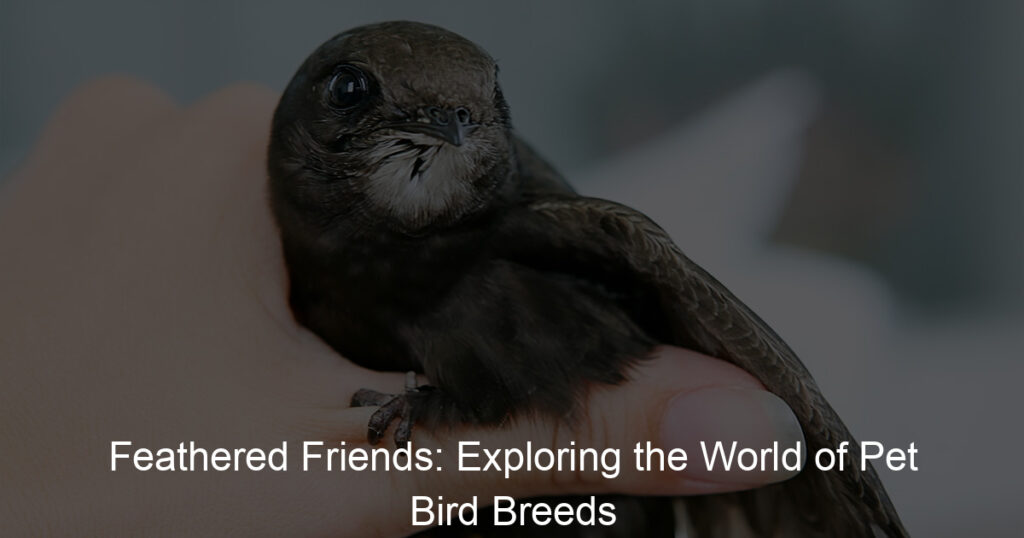For canary bird lovers, there is nothing like the vibrant energy and sweet chirps of your feathered friend. But did you know that providing your canary with the right accessory items around their cage makes a big difference in their well-being?
One key element of keeping any pet happy, healthy, and safe is offering them adequate substrates (or bedding items) to relax on and interact with. Whether it’s soft sandpaper, grass mats, or wood shavings — choosing the correct substrate for your canary is key to giving them an environment where they will thrive!
In this blog post, we are going to look at some of the different types of substrates available for canaries as well as what benefits each one provides.
What is the best type of canary?
When it comes to keeping canaries as pets, there are quite a few distinct species that one may choose from. Of all these options, the Gloster Canary is arguably the best choice due to its friendly demeanor and beautiful appearance.
The Gloster Canary typically has a bright yellow hue with distinct plumage patterns that make the bird extremely attractive. On top of its gorgeous looks, this breed is known for being fairly docile so it is relatively easy to tame and handle.
They also tend to thrive in small cages or aviaries and love having their feathers stroked which makes them quite endearing. Although there are a variety of different types of canaries out there, the Gloster Canary offers perhaps the most perfect combination of a stunning appearance and a lovable personality.
What are the different types of canaries?
Canaries are a type of small bird that is most well-known for their song. They are popular companions around the world and come in a variety of colors and sizes.
While all canaries share some similar characteristics, there are three distinct types of canary: the Type Canaries, Color-bred Canaries, and Song Canaries. Type Canaries consist of wild canary varieties like the Island Canary or Spanish Timbrado.
Color-bred Canaries are those bred in captivity with an emphasis placed on the bird’s visual characteristics, while Song Canaries are selectively bred to emphasize singing qualities. No matter what type you choose, these birds provide hours of joy and entertainment with their delightful songs and beautiful colorations!
What is the best canary for a pet?
The best canary for a pet is a healthy, happy bird. A variety of colors and personalities make sure that everyone finds the perfect companion. As such, factors such as temperament, coloring, and physical health of the canary must be considered when looking to obtain one.
When buying from breeders or shops, look for bright eyes; clean feathers; and an alert stance in the birds. While shopping around to find the right canary may take some time, it is worth the effort considering how long these birds live – up to 15 years!
Additionally, taking steps to prepare for their habitat is important for the bird’s well-being; having enough room to fly, toys and branches for exercise, plus lots of love are essential. With a bit of patience and good care, owning a pet canary promises years of feathered friendship.
What materials do canaries use for breeding?
Canaries are popular pet birds known for their stunningly beautiful, melodic songs. While most of us may be familiar with these bright little birds, not everyone knows the materials that canaries need for successful breeding.
To create a comfortable nesting environment for canaries, it is important to supply them with a good variety of tall grass-like items such as rye, Timothy hay, and millet stalks; soft bedding material like paper strips or shredded aspen wood shavings; and other things like pieces of coconut husks, small twigs, and moss that can provide safe shelter.
With the right materials in place, canaries will remain happy and content in their environment throughout the entire process of preparation and reproduction.
What is the best canary for breeding?
When it comes to breeding canaries, the Roller Canary is widely regarded as the best option. Uniquely speaking, these birds are known for their impressive singing abilities, which become even more vibrant during mating season.
They have an average lifespan of five years or more with proper care and maintenance. Roller Canaries also require plenty of exercise daily to stay healthy, so owners may want to consider building an outdoor aviary for them to play in.
Generally considered a docile species, this type of canary does well when it comes to interacting with its kind and other birds as well. With their appealing combination of robust singing, long lifespan, and relative friendliness towards others, the Roller Canary truly stands atop the list as the best breed for any bird aficionado.
Do canaries need gravel?
While it is often assumed that canaries need gravel in their cages, this isn’t necessarily the case. Canaries may benefit more from having a varied substrate of bedding material, such as unlined paper, shredded cloth or paper, and even bits of scrunched-up newspaper.
Gravel can be handy for cleaning up spilled seeds and providing traction on slippery perches but should not be used if it’s too large – it could cause a bird to injure itself while trying to walk over it.
Furthermore, gravel can also lodge in a bird’s throat if they try to swallow it, so monitor the kind of substrate your canary is exposed to and keep an eye out for any signs of distress or distress-induced behaviors.
Final Thoughts
So, when deciding which substrate is best for your canary, it comes down to personal preference and what’s available to you. Shredded paper or wood chips are the most widely used substrates for canaries due to their affordability and easy availability.
However, sand or river pebbles provide more aesthetically pleasing spaces for small birds with large personalities. Ultimately, observing your individual canary’s behavior is the best way to choose the right substrate for them; If a bird has a habit of playing in its sand or eating up paper shreds like they’re its favorite snack, it must stay safe and happy in its surroundings.
As long as you select a substrate that fits your needs and doesn’t contain toxins or hazardous materials, your canary will surely flourish and be content in its new home!








